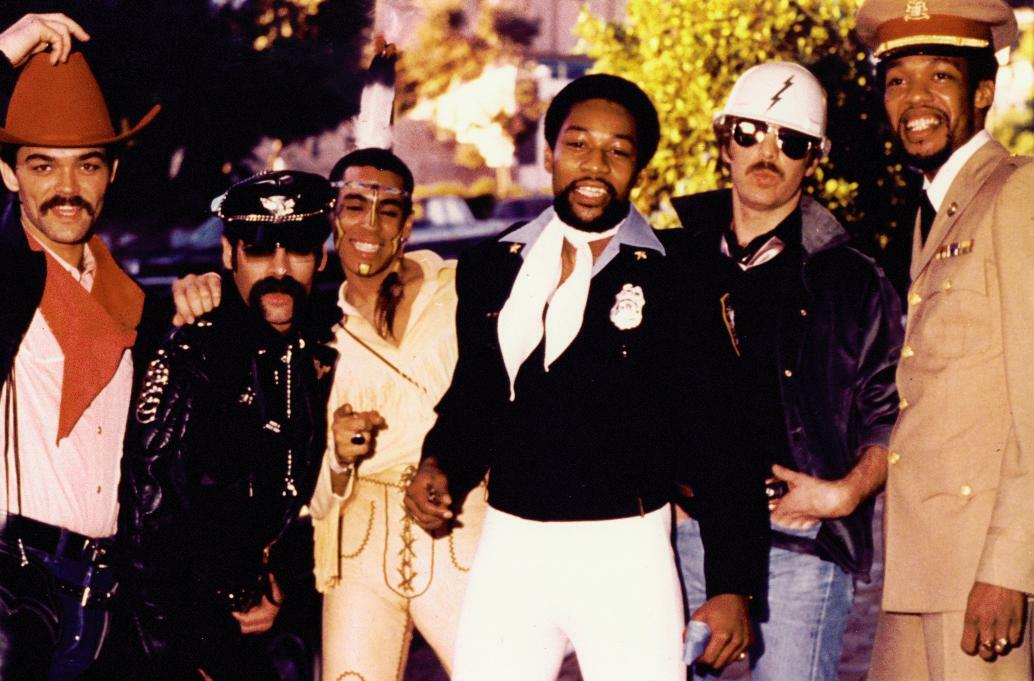‘The Waverly Gallery’ runs at the Golden Theatre through Jan. 27. 252 W. 45th St., thewaverlygalleryonbroadway.com
Among the many star turns on Broadway this fall — ranging from Bryan Cranston playing deranged newscaster Howard Beale to King Kong brought to life by an army of puppeteers and technicians — especially noteworthy is 86-year-old Elaine May giving her first performance on Broadway in more than 50 years in an otherwise underwhelming revival of Kenneth Lonergan’s downbeat family drama “The Waverly Gallery,” first produced Off-Broadway in 2000.
One must give credit to megaproducer Scott Rudin for being able to consistently lure so many A-list figures to Broadway, with a few recent examples including Bette Midler (“Hello, Dolly!”), Denzel Washington (“The Iceman Cometh”) and Glenda Jackson (“Three Tall Women”).
May gained fame in the 1950s as a comedian, playing Broadway with Mike Nichols in the now legendary stand-up show “An Evening With Mike Nichols and Elaine May.” After the partners parted ways, May went on to become a prominent screenwriter (“Heaven Can Wait,” “The Birdcage,” “Primary Colors”) and director (“The Heartbreak Kid”) who on occasion made acting appearances (“California Suite,” “Small Time Crooks”).
In “The Waverly Gallery,” May is joined by an impressive ensemble that includes Michael Cera (who is appearing in his third Lonergan play on Broadway), Joan Allen (her first time on Broadway in a decade), Lucas Hedges (“Manchester by the Sea”) and David Cromer (best known as the director of “The Band’s Visit”). Serving as director is Lila Neugebauer (“The Wolves”), who is making her Broadway debut.
May plays Gladys Green, the elderly and welcoming owner of a little-noticed art gallery in Greenwich Village, who happily offers an unknown artist (Cera) his very own exhibition and lodging free of charge.
As the drama moves forward, Gladys experiences intensifying signs of Alzheimer’s, which challenges her relationship with her grandson (Hedges) and his parents (Allen and Cromer). Gladys must also deal with the imminent loss of her beloved art gallery, which the landlord intends to put to more lucrative use.
It takes the form of a “memory play” (such as “The Glass Menagerie”), with Gladys’ grandson occasionally serving as narrator.
While hardly Lonergan’s finest work (and not up to par with the recent revivals of “This Is Our Youth” and “Lobby Hero”), it makes for a well-meaning character study that sensitively traces a woman’s descent into mental instability and the reactions of her family, who acknowledge the need to take care of her despite a palpable reluctance to do so.
While the play does have some comic elements, Neugebauer’s production feels much more like a drama that broaches uncomfortable and difficult territory. The visual design (which requires lengthy set changes, with music and film footage played in the interim) reflects the plodding pace of the scenes.
May’s performance is impressively low-key and casual, so much so that it feels completely naturalistic and not like a performance at all. Although now sporting a beard and a regional accent, Cera emphasizes the social awkwardness that has become his defining trademark. Allen, Hedges and Cromer all effectively convey their characters’ frustration, exhaustion and guilt.



































